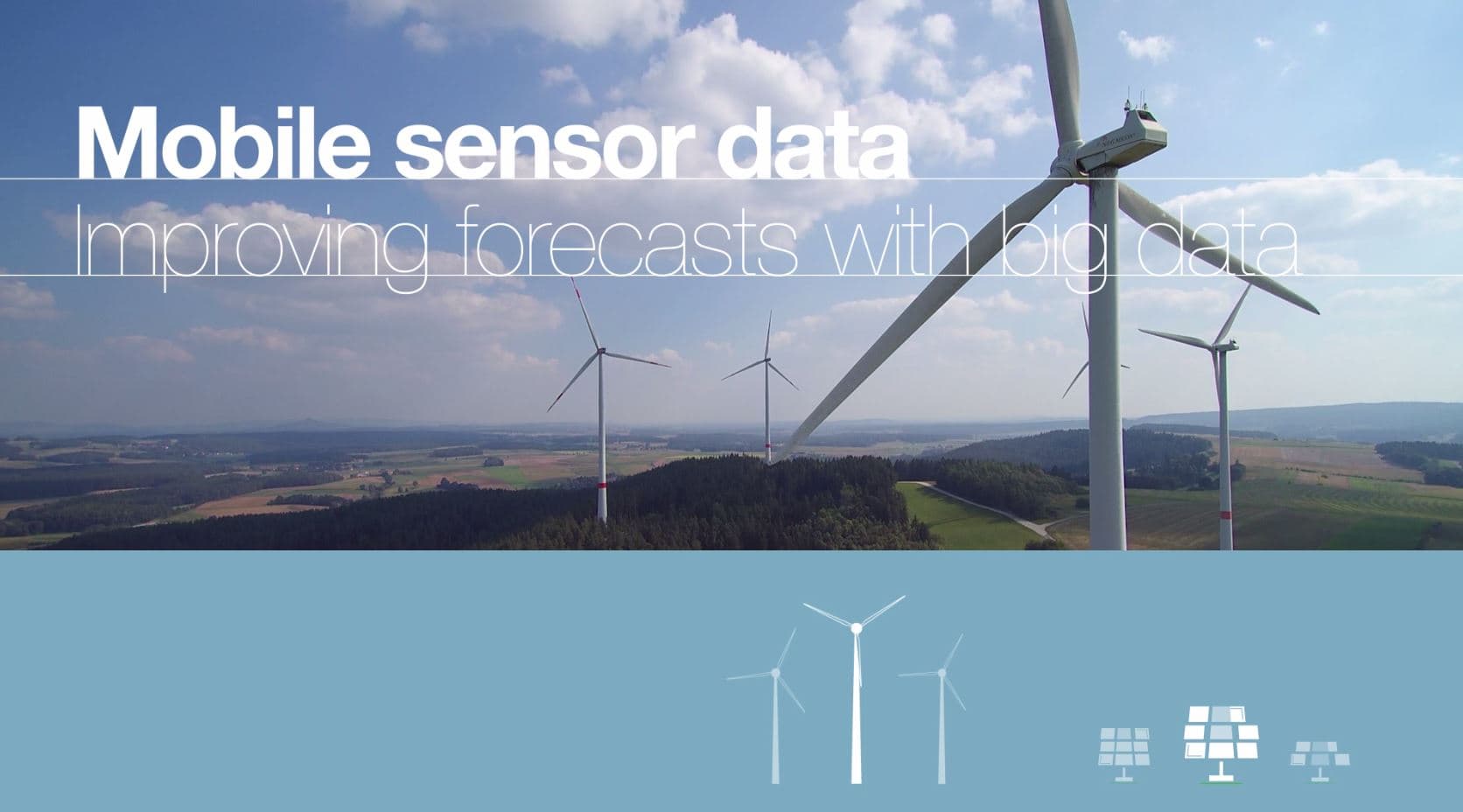
Mobile sensoring
Can data from vehicle sensors contribute to the success of the energy transition? Within the scope of a pilot project, TenneT and VW are currently investigating how weather data obtained from VW Group vehicles can be used to improve solar energy forecasts.
Challenges inherent to the energy transition
The increasing proportion of renewable energy in overall electricity production poses major challenges to TenneT and other transmission system operators. This is due to the nature of the process: the production of solar and wind energy is subject to weather-dependent fluctuations. This makes reliable forecasts increasingly important.
Forecasting errors and their costs
Fog, Saharan dust and other weather phenomena: TenneT are currently forced to invest an eight-figure sum every year in order to compensate for imprecise forecasts in the photovoltaic field alone. The larger the discrepancy between the forecast and actual infeed, the more ad-hoc countermeasures are required from the shift engineers in the control room. The more precise the weather data, the lower the costs incurred by subsequent network interventions.
The pilot project
Can we use sensor data collected from vehicles to project the quantity of actually infed solar energy even more realistically and accurately in terms of the time frame involved? Can these data help us produce even more accurate weather forecasts for the next hours and days? TenneT and Volkswagen are conducting an unprecedented pilot project to determine how data obtained from vehicle sensors can improve solar energy prognoses.

FAQ
It was launched in January, 2017, and its pilot phase is projected to continue until the end of the year.
Brightness, temperature, humidity, rain, air pressure – with the help of sensors, modern vehicles already collect a large amount of the type of weather data that matters to TenneT. Of course, the information collected in this manner primarily serves the purpose of improving safety and comfort for drivers.
Within the scope of the pilot project, sensor data from VW Group vehicles (vehicles of the Audi and VW brands) are analysed using big-data methods and imported into feed-in forecasts and projections. This allows TenneT to investigate whether the spatial distribution of the sensors can effect a considerable improvement of the forecast quality.
TenneT receives the data in an anonymised, aggregated format. No information concerning individual citizens or vehicles can be derived.